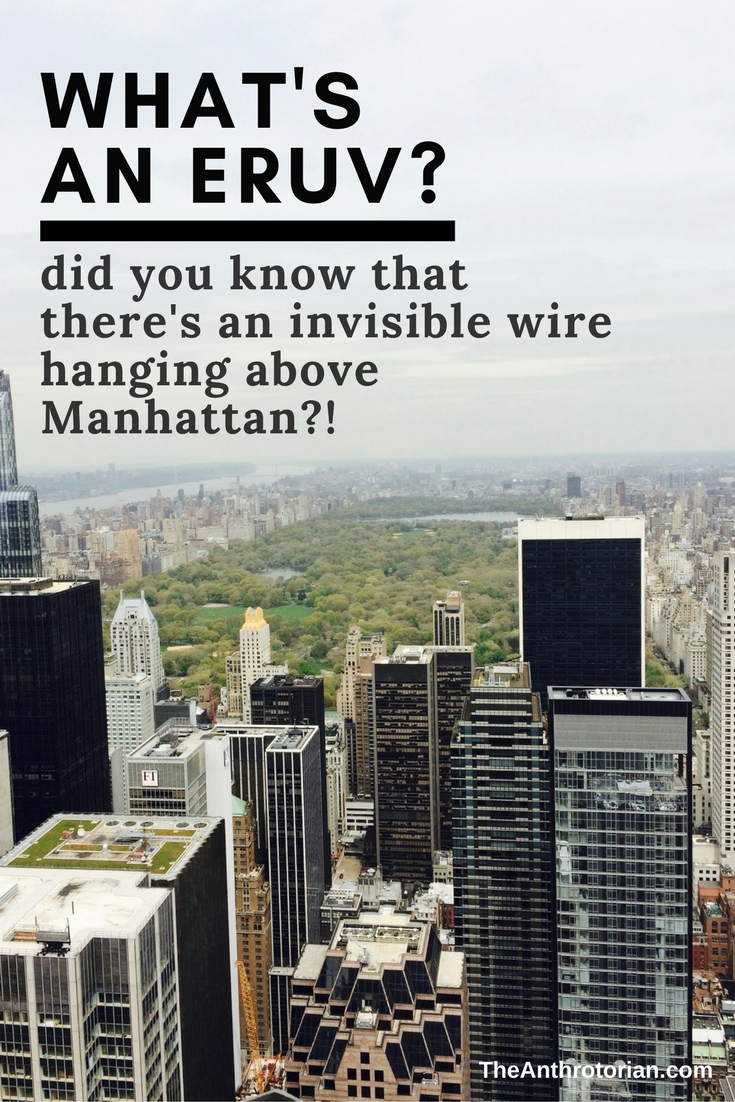November 11, known as Remembrance Day in Canada and the other Commonwealth Nations of the world, is a day that has been observed since the end of World War I to remember the men and women who died in the line of duty. (Many non-Commonwealth Nations, like the United States, also treat this day as one of remembrance, as November 11, 1918, was the day when hostilities officially ended in WWI.)
Read MoreWhat You Need To Know About Canadian Food
Travelling to Canada? Here's what you need to know about Canadian food: there is no Canadian food.
Let me explain.
Read More6 Things To Know About The Inuit
1. The Inuit are the indigenous people that inhabit the Arctic regions of Greenland, Canada, the US (aka Alaska), and Eastern Siberia.
2. Inuit is the plural version of Inuk meaning "people" in the Inuktitut language.
3. Archaeologists believe they are descendants of the Thule culture that emerged in the far north after crossing the land bridge from Asia around CE 1000.
4. Almost 75% of their daily caloric intake comes from fat. This is because they eat whales, walrus, caribou, seal, narwhal, polar bears, muskoxen and birds!
5. Traditional modes of transportation include a sealskin qajaq aka kayak, dog sleds and good old-fashioned walking (in mukluks of course!).
6. The Inuit have a strong connection to the natural world, believing that ALL things have souls like humans and that their ancestors can be seen in the aurora borealis aka northern lights.
6 Things To Know About Life In Frozen Climates
1. You will have to plug your car in... like a toaster
Yup, it’s true! It gets SO cold that if you do not plug your block heater into an electrical source so that it keeps your anti-freeze warm, your engine will not start. Most outdoor parking lots have electrical outlets.
2. People who live in cities that are located far to the north (or south depending on the time of year) get SAD
Seasonal Affective Disorder or SAD is a medically diagnosed condition for the 'winter blues' that many people get because of how short the days become. The lack of exposure to sunlight can result in a deep depression. Don't worry though! There are solar lights that you can buy to sit under that are sure to cheer you up!
3. You will need to learn how to layer!
Just because it’s cold doesn't mean that people stay inside. It just means that you will have to wear long underwear, sweaters, snow pants, a neck-warmer, toque, mittens, wool socks, a jacket, winter boots... you get the idea.
4. If you are going to be walking around outside, leave your expensive, stylish, or trendy shoes at home
Because of ice, the sidewalks get covered in sand and salt so that pedestrians don't slip. This can seriously damage leather or suede shoes. Need another reason? It's freaking cold! You need socks and good grip on the bottom of your shoes to keep safe and warm!
5. Wind-chill plays a HUGE part in how cold it feels like outside
It may be –25 degrees Celsius (–13 degrees Fahrenheit), but with the wind-chill it could feel like –40 (–40 degrees Fahrenheit). When the temperature is forecasted, meteorologists will usually tell you how long it will take for exposed skin to get frostbitten so you know how covered you need to be to walk safely outside.
TIP: If you are doing any sport or activities in this chilly weather, cover exposed skin — like cheeks or your forehead — with Vaseline to keep a protective barrier between it and the wind.
6. We don't all live in igloos
Though ice is celebrated through ice sculpture competitions and festivals, nobody actually makes an igloo their permanent home anymore. Houses are extremely well insulated, however, and have to be built a certain way to ensure that any pipe with water running through it will not freeze, burst, and cause flooding.





















